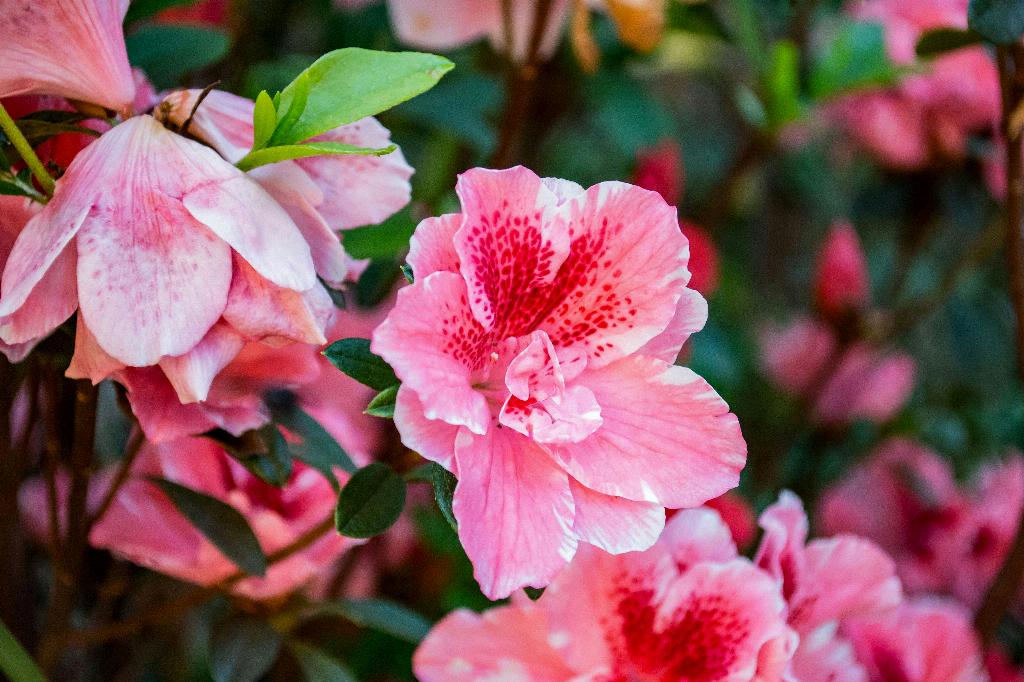One of the most captivating aspects of hibiscus plants is undoubtedly their stunning blooms. Hibiscus flowers are a true sight to behold, coming in a variety of colors such as white, pink, lavender, red, or burgundy. These vibrant hues can bring a pop of color to any garden or landscape.
For those looking to cultivate hibiscus plants and witness their glorious blooms, it is essential to understand the blooming season of these striking flowers. Perennial hibiscus, in particular, blooms during the mid to late summer months.
As the summer season progresses and temperatures warm up, hibiscus plants begin to show signs of budding, preparing to burst into full bloom. The warm weather and longer days provide the ideal conditions for hibiscus flowers to flourish and display their vibrant colors.
One key factor that influences the blooming time of hibiscus plants is the amount of sunlight they receive. These sun-loving plants thrive in full sun conditions, which help stimulate the blooming process. Adequate sunlight is essential for promoting healthy growth and abundant flower production.
In addition to sunlight, hibiscus plants also require sufficient water and nutrients to support their blooming cycle. Well-drained soil enriched with organic matter and a regular watering schedule can help ensure that hibiscus plants remain healthy and vibrant throughout the blooming season.
While perennial hibiscus plants generally bloom in the summer, the exact timing may vary depending on the specific climate and location. In warmer regions with longer growing seasons, hibiscus flowers may bloom earlier in the summer, while in cooler climates, blooming may occur later in the season.
For gardeners looking to enjoy a prolonged blooming period for their hibiscus plants, deadheading spent flowers can help encourage new growth and continuous blooming. Removing faded blooms allows the plant to redirect its energy towards producing new flowers, extending the blooming season.
It is important to keep an eye on the health of hibiscus plants throughout the blooming season, as pests and diseases can impact flower production. Regular inspections and proactive measures such as pruning and pest control can help maintain the overall health and vitality of hibiscus plants.
By providing hibiscus plants with the appropriate growing conditions, including ample sunlight, water, and nutrients, gardeners can ensure that these beautiful flowers bloom to their full potential. Watching hibiscus flowers unfurl in all their glory is a rewarding experience that captures the essence of summer.
In conclusion, hibiscus plants typically bloom during the mid to late summer months, showcasing their vibrant colors and delicate petals. With the right care and attention, gardeners can enjoy a bountiful display of hibiscus blooms that brighten up their outdoor spaces and bring joy to all who admire them.

